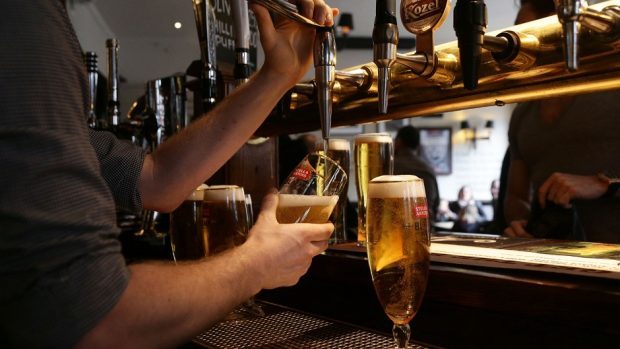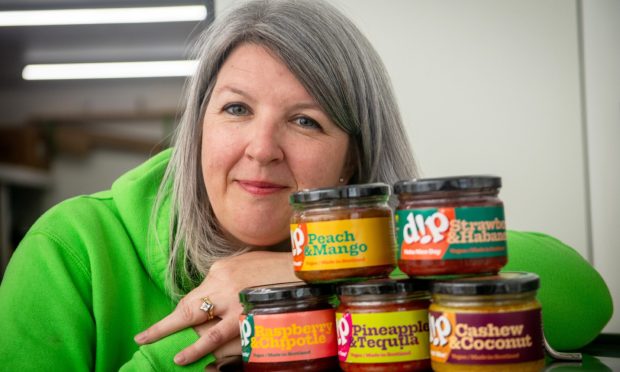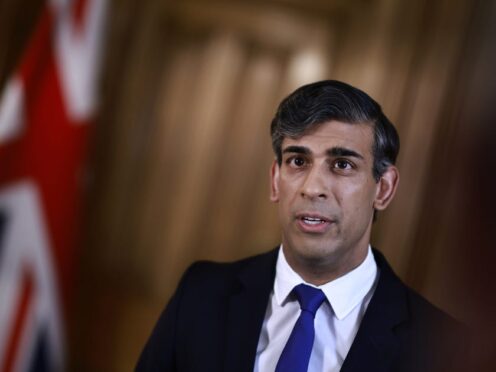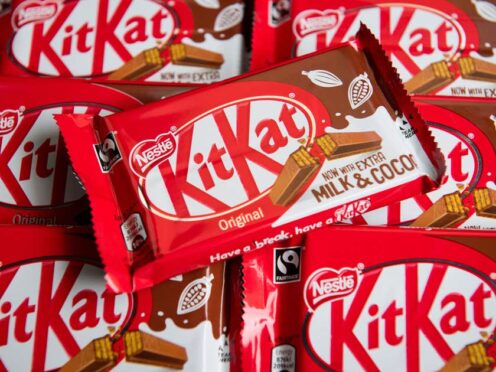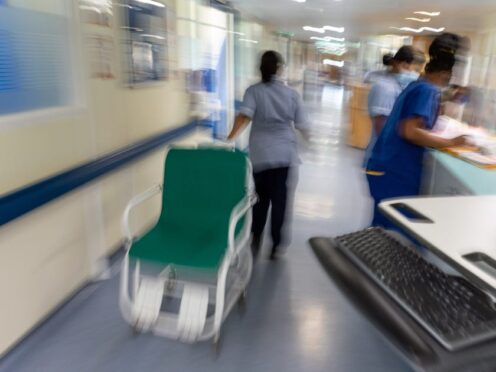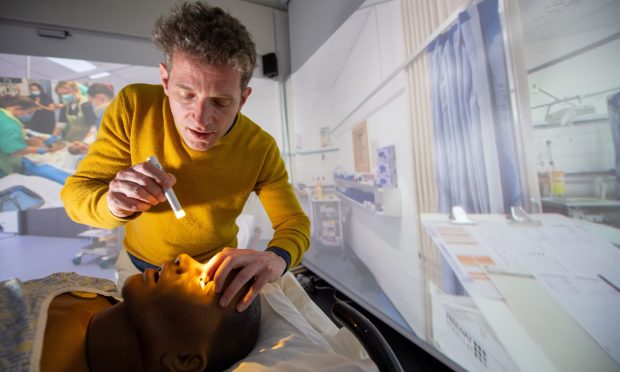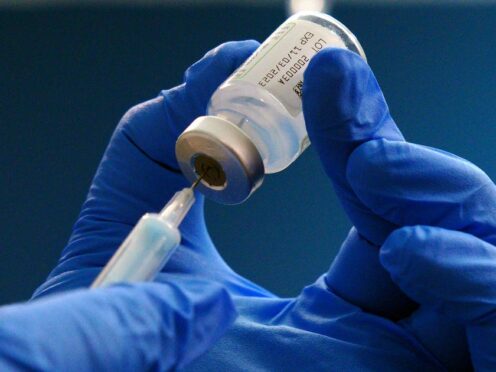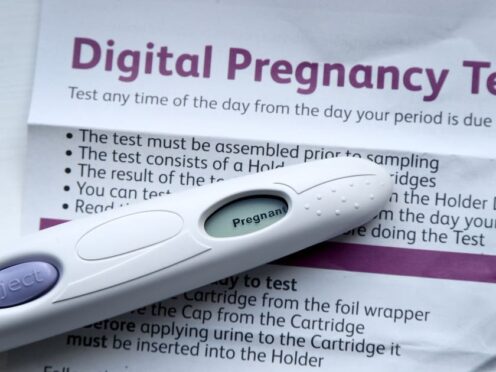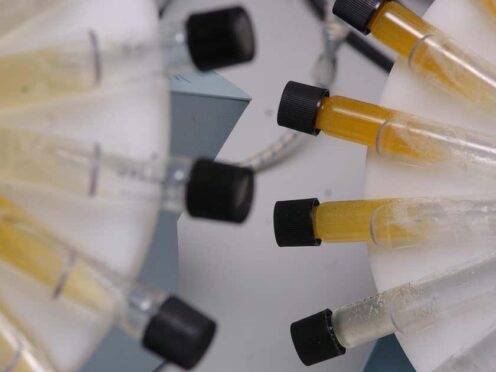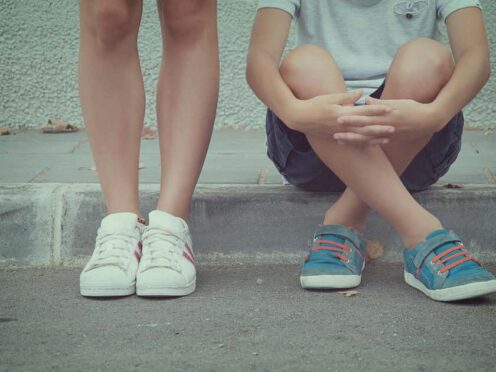I’ve changed my mind. I admit I might have been wrong.
At this point, my regular reader will be reviewing the last two sentences and sitting down in surprise. Eyebrows raised. A puzzled expression passing over their face. Ramsay being wrong is not unusual. But admitting it?!?
Last week, Scotland introduced minimum pricing on alcohol. In a world first, under the initial plans, a bottle of wine of 12% strength will cost at least £4.50, while four 440ml cans of 5% strength lager would cost at least £4.40.
A 70cl bottle of whisky could not be sold for less than £14, and a three litre bottle of 7.5% strength cider would cost a minimum of £11.25. The days of booze being cheaper than water are over.
The Scottish Parliament voted through the legislation in 2012, but it was delayed by a legal challenge from the Scotch Whisky Association, which argued the policy breached European laws.
When imposing a minimum price for alcohol was first mooted a decade ago, I was against the move. Primarily because of the unintended consequences. I didn’t think it would work and far from helping, some would suffer.
For example, as noted above, the cost of a bottle of Scotch is affected. Not single malts, but the blends. And so, what might be the social drink and occasional luxury of some pensioners would now be several pounds more expensive.
Minimum pricing would hit the poorest, hardest. Those supping upmarket brands and drinks would be unaffected. They can carry on quaffing regardless. But the poorer you are, the bigger the impact on your purse and pocket.
Furthermore, those with the most severe alcohol problems were unlikely to be affected. For addicts, price is not the problem. Money will always be found. The next hit, at any price, is all that matters. As it is for drugs, so it is for alcohol.
As a teenager, of 15 or 16, there was a shop where we regularly bought our booze. “Scotsmac” if I remember. Some kind of mash up of whisky and wine. Cheap as chips. But not as good for you.
And there was a bar in a hotel which would sell beer to anyone who they thought was 16 or over. Allegedly tolerated by the police on the grounds that they would rather the local underage drinkers were in one place downing pints.
than on the streets drinking vodka. It was part and parcel of an age when drinking was the norm. And excess expected.
That is changing. But not fast enough. Nightclubs still have employees who get paid, not by the hour, but by the “shot”. The drunker the customers get, the more the staff earn.
And the new legislation is not without loopholes. It can only apply to alcohol physically bought and sold in Scotland. So if you order online and it is dispatched from England, it is exempt. Similarly, some argue that the booze cruise
to Carlisle might become a new craze. White vans in convoys to supermarkets across the border, stocking up with enough cheap booze to sink a battle ship….and what about those who sit in the pub night after night, drinking their lives away. The prices they pay will be unaffected.
And the extra price we pay isn’t a tax which goes to Government, but extra revenue to be supply chain. So if consumption isn’t cut, we pay more and the drinks industry earns more.
And there is a meal deal loophole, so watch out for new and innovative attempts to circumvent the rules…….
But.
And this is why I’ve changed my mind.
All of the above may be true. Indeed, the proponents of the new scheme admit that the number of lives saved may be relatively small at first.
But there are times when we have to change attitudes. When we have to take a stance. Send a signal. Try something new.
Minimum pricing might not be the answer. But it is worth a go. The six year sunset clause in the Act is sensible. If it works, we carry on. If it doesn’t, well at least we are trying. But I think it will work.
Alcoholics might not change their habit. But teenagers might. Supermarkets and corner shops will be forced to sell responsibly.
Over time, drinking to excess will become less of a badge of honour and a rite of passage, and more of a badge of pity.
So we need to change and become a country that enjoys a drink rather than one where too many revel in getting drunk.
One where fewer people will take the road to alcoholism if the early steps are harder, costlier and more socially unacceptable.
We need to get the balance right to discourage an excess of cheap booze but not set the minimum price so high that illegal trade gets a boost.
So yes, it is not perfect. And yes, it is, in effect, even if not in reality, a tax on the poor. But the benefits of getting it right are enormous. Lives saved, life lengthened, the NHS under less strain, our streets safer.
So it is worth a go. I wish it well.
